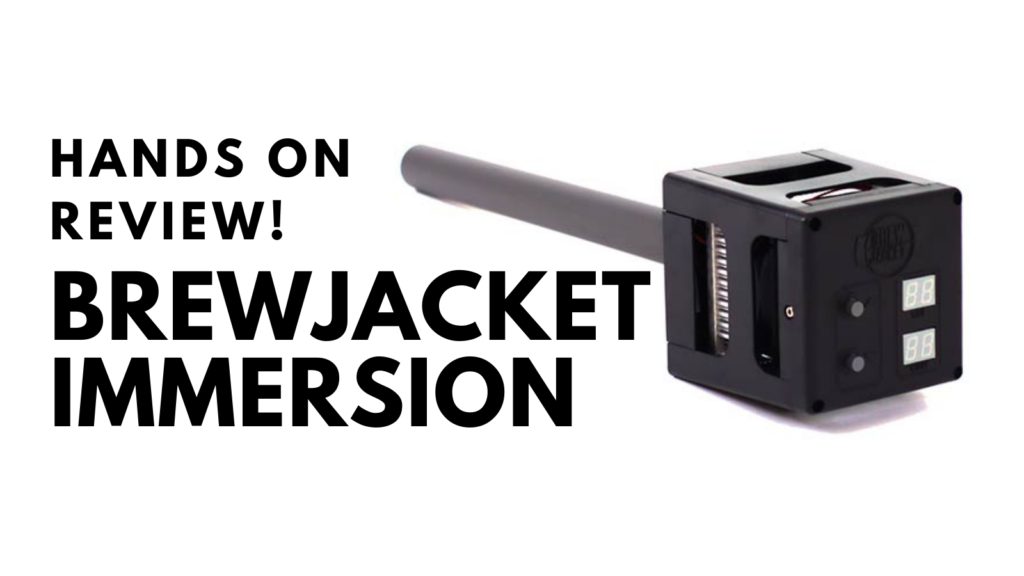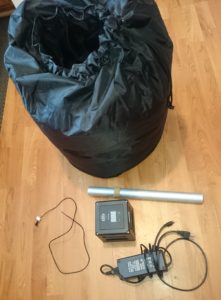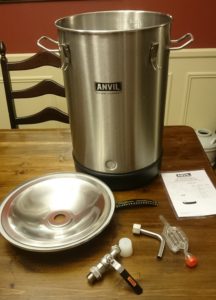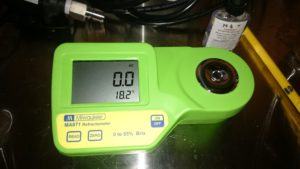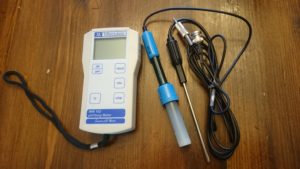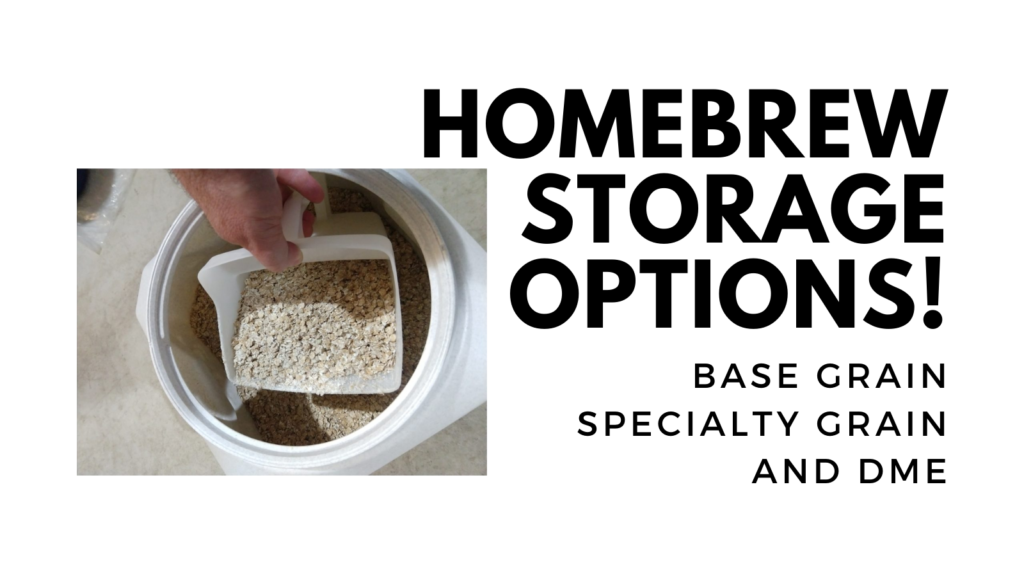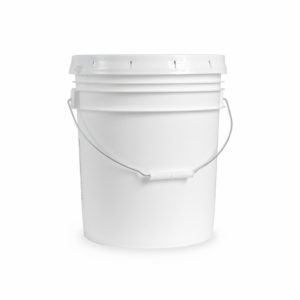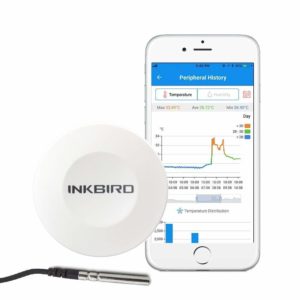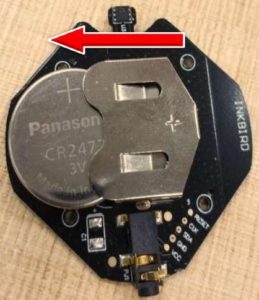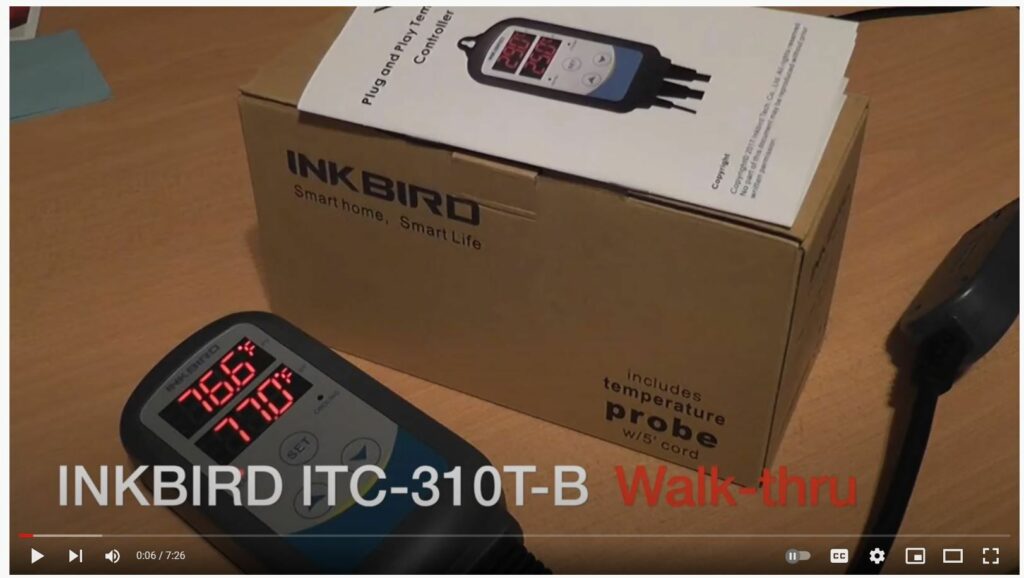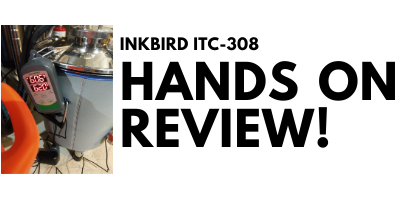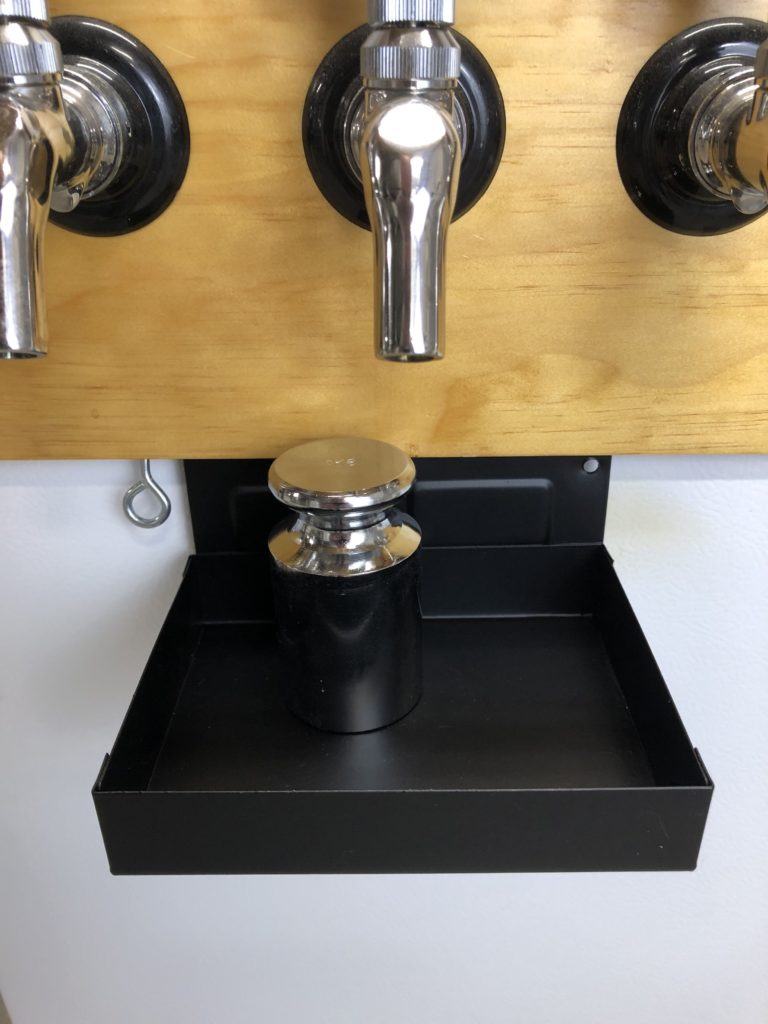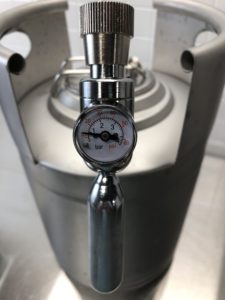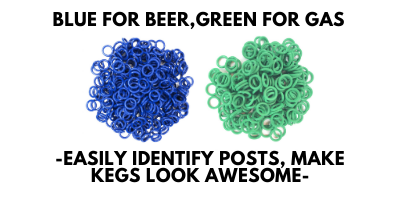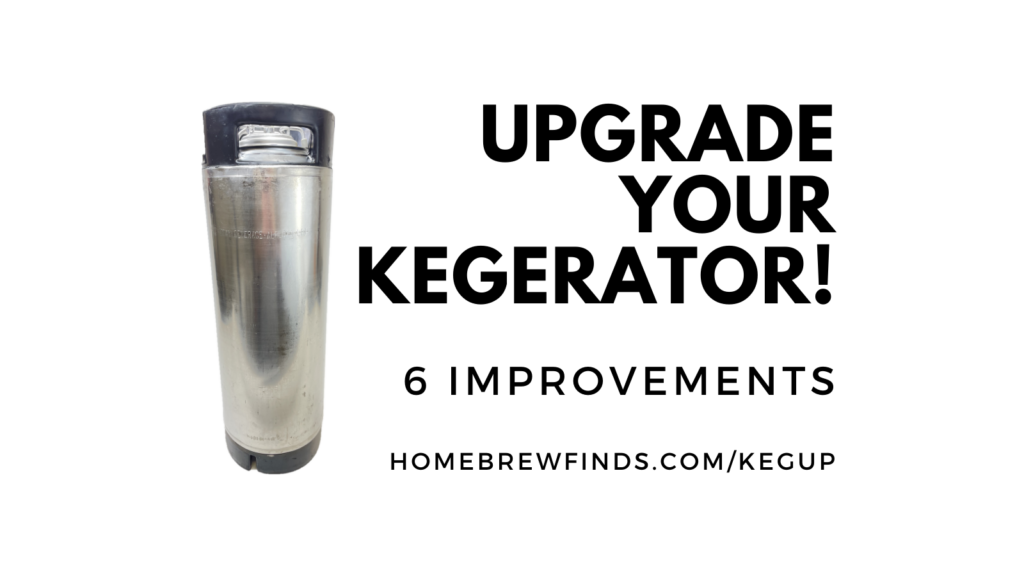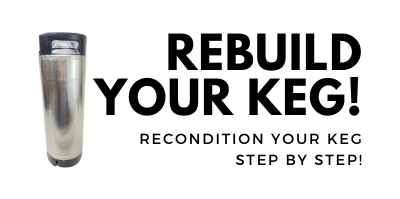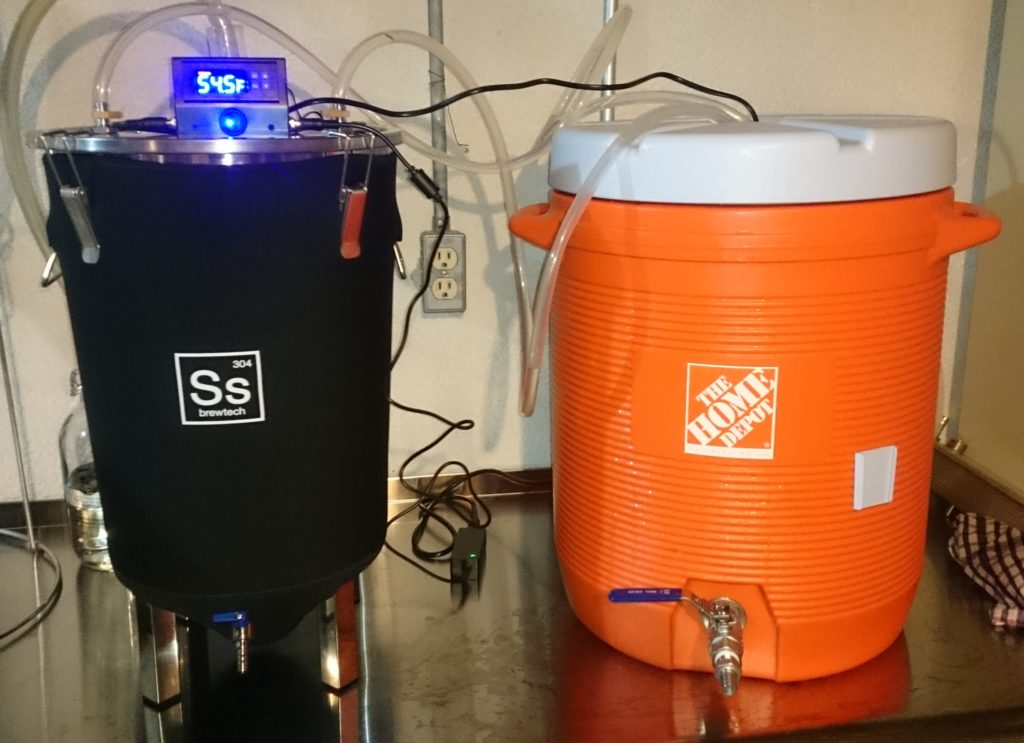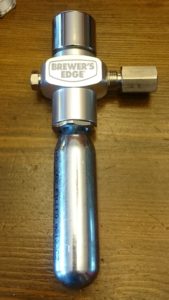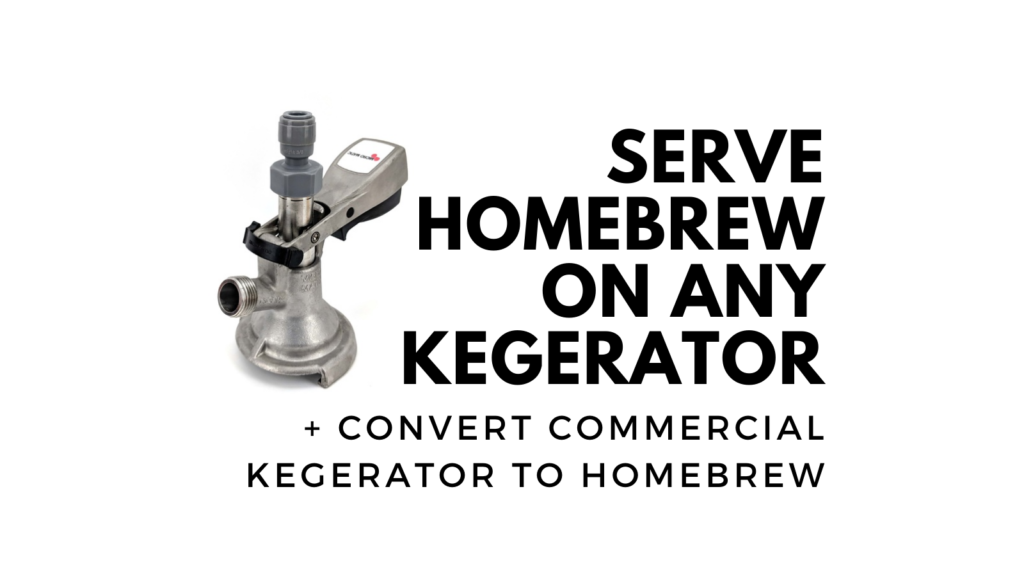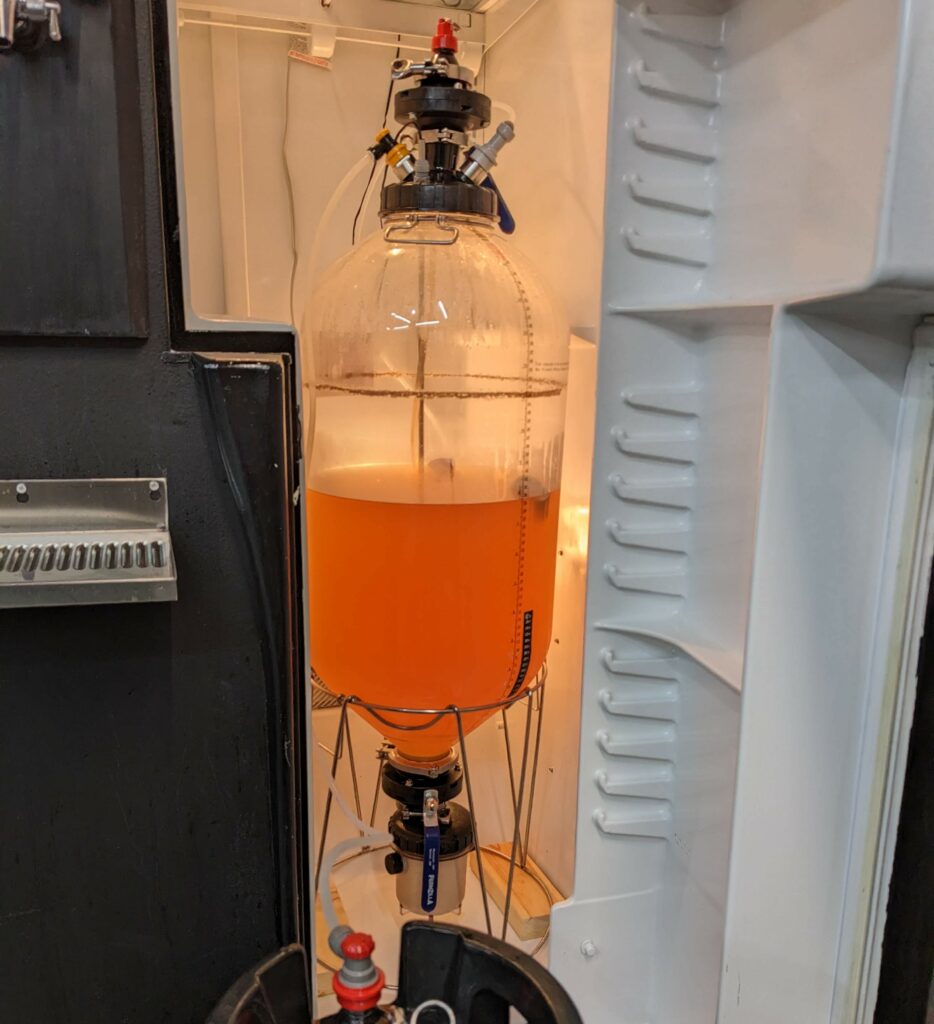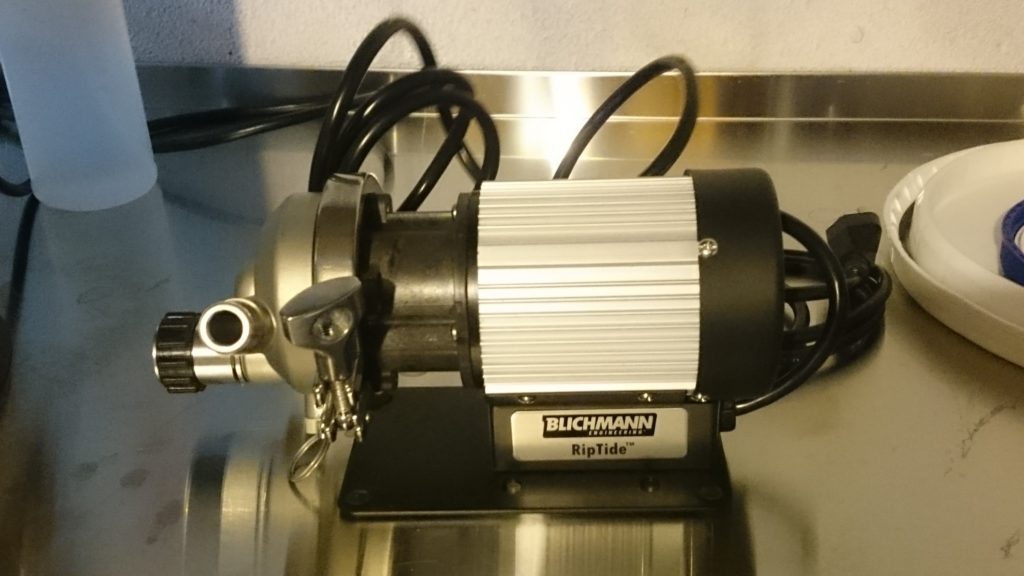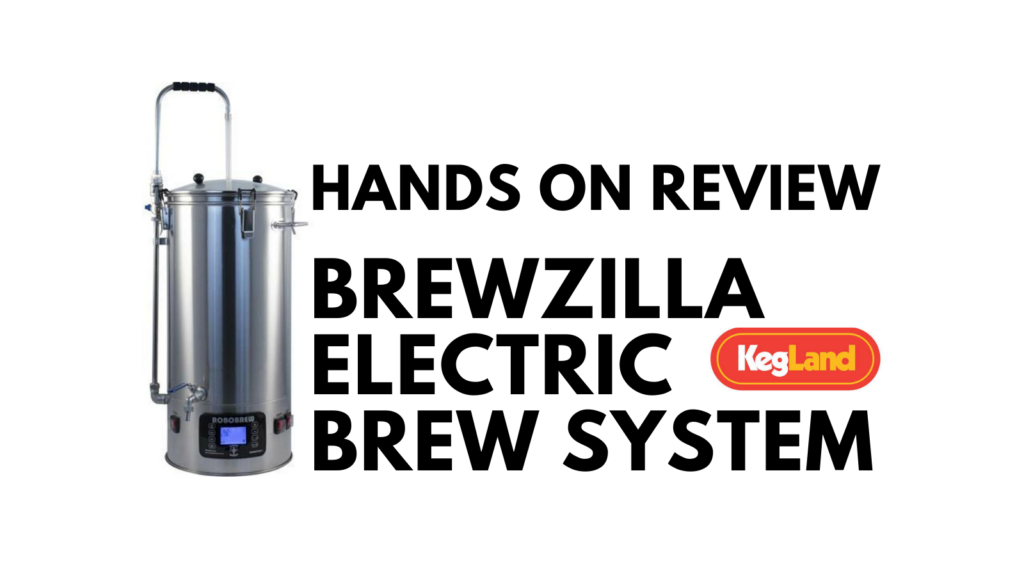
This review is by Homebrew Finds Contributor Brad Probert. Brad is an engineer, expert homebrewer and experienced reviewer. Grab a link to Brad’s website at the end of this review.
Robobrew vs BrewZilla + Our BrewZilla Gen 4 Review
Since this review was released the Robobrew has been rebranded to the BrewZilla. This review is of of the original Robobrew (BrewZilla v1). Beyond the re-branding this system has had multiple version upgrades.
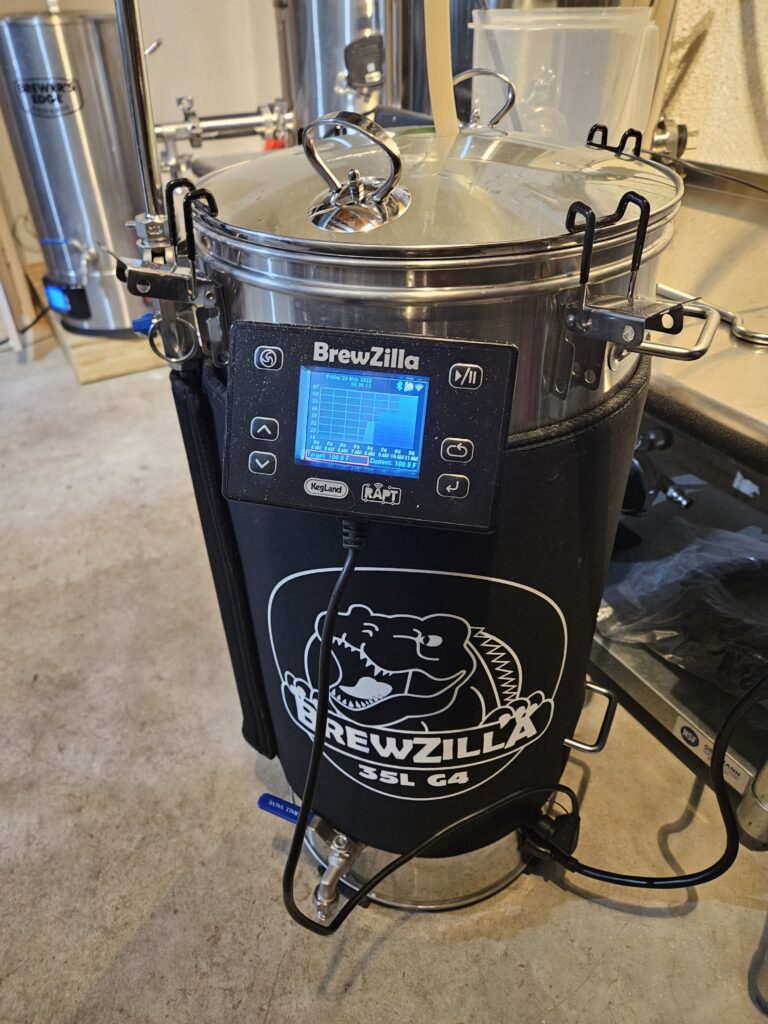 Check out our review of the much newer BrewZilla Gen 4!
Check out our review of the much newer BrewZilla Gen 4!
Upgrading RoboBrew/BrewZilla to BrewZilla 3:
If you’re looking to convert your Robobrew to a BrewZilla an upgrade board is available
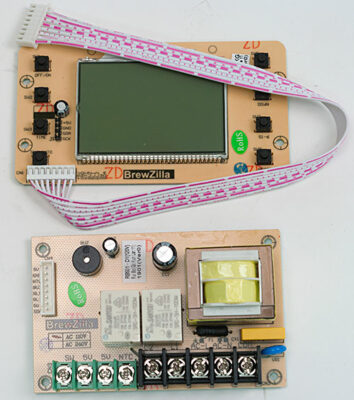
Robobrew Gen 3.1.1 Upgrade Board Set 110 volt via William’s Brewing
The Robobrew is an electric all-in-one eBIAB system. It allows you to brew the complexity of all-grain batches with the simplicity of electric heat/control in a single vessel system. There is a wide variety of these systems out on the market to choose from. Robobrew aims to be in the midst of these as far as features and function, but at a much lower price to attempt to get this tool in the hands of as many homebrewers as possible.
Compare Prices, Review Continues Below:
This article contains affiliate links. We may make a small percentage if you use our links to make a purchase. You won’t pay more and you’ll be supporting Homebrew Finds and more content like this. Thank you for your support!
Robobrew System Overview
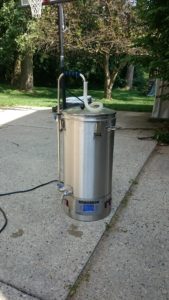
The Robobrew comes in 2 models- one with a built-in pump, and one without. The model without the pump retails for about $350, and the one with a pump for $480. Although a significant price jump, the $480 price tag is several hundred cheaper than its competition. Getting a unit with a pump allows you to take advantage of a lot of the process efficiencies from the eBIAB systems, with convenience of recirculation during mash and pressure-fed wort transfer into your fermenter.
The pump is built into the bottom of the unit, tucked away out of sight and out of the way. There is a stainless steel transfer pipe that takes output flow from the pump and sends it up top where it can be directed to where you want it to go. The pump inlet is through an opening in the bottom of the brew chamber. Also in the bottom is the wort temperature sensor and the two independently switched heating elements (1000W + 500W). Although the heating elements have their own manual on/off switch, the unit’s electric controller also has the ability to shut off and turn on power depending on measured mash temperature compared to your set temperature. Importantly, the controller is smart enough to know when it should be using one or both elements when it’s getting close to your set temperature. It also is smart enough to only switch on the 500W element while trying to hold a steady temperature and things start to drift a bit.
For mashing, you put your crushed grains into the stainless steel malt pipe, which has a false bottom mesh on the bottom of it to keep grains from getting circulated into the pump or scorched to the bottom. There’s also a second false ‘bottom’ screen, which slides down inside the malt pipe after you’ve filled it with your crushed grains. And if two false bottoms aren’t enough for you, Robobrew has you covered with a third false bottom that sits below the malt pipe, giving you another layer of defense against stray grain particles during the mash, but also importantly keeps hop residue from clogging up your pump or wort chiller.
The controller provides basic control function by allowing you to set a target temperature with simple + / – buttons and then letting the controller turn on the elements automatically to heat up and then switch off when the target temperature is reached. There is also a delay feature that allows you to program in a delayed start for when you want the target set temperature to kick in. Set it to something short like a few minutes and make a pseudo mash temperature step profile you program one step at a time. Or for longer times (up to 24 hours) if you want to fill it with water and have the unit turn on to be ready for you after work.
Continue reading →

 Pictured: Electronic Activation Key for BeerSmith 2 via Brew Hardware – electronic delivery
Pictured: Electronic Activation Key for BeerSmith 2 via Brew Hardware – electronic delivery